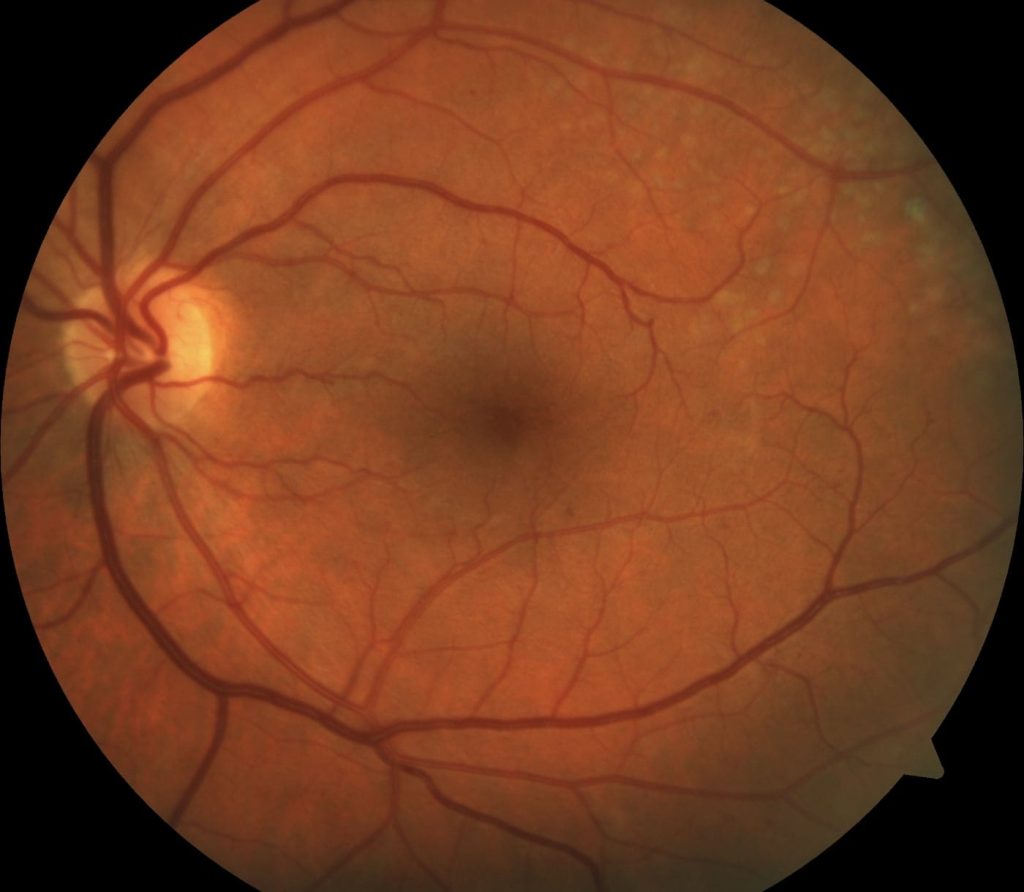Services
Dr Hunt is an ophthalmologist with further training as a medical retina subspecialist. He has expertise in the diagnosis and treatment of conditions of the retina as well as glaucoma and cataracts.

Most people prize their vision over everything else.
Many eye conditions have few symptoms until significant loss of vision has occurred. Regular examinations can detect the earliest signs of these treatable conditions.
Most Common Eye Conditions
Macular Degeneration
The central part of the retina, the macula, is responsible for sharp colour vision. Damage to the macula may arise due to accumulation of cellular debris under the retina (dry macular degeneration) or formation of new blood vessels under the retina (wet macular degeneration). Both of these can lead to damage to the cells that process light into images.
Cataract
Cataract is a clouding of your eye’s natural lens, which normally adjusts your focus to see things close up and at a distance. As you age, the proteins that keep the lens clear can clump and start to cloud the lens. Over time, this can prevent light from entering the eye and can cause reversible blindness.
Diabetic Retinopathy
Diabetic retinopathy occurs when the small blood vessels in the retina are damaged as a result of diabetes. Poor blood sugar control is a major risk factor. Symptoms may be very mild at first, but can include blurred vision, floaters, dark patches or blind spots that don’t improve with glasses.
Glaucoma
Glaucoma involves damage to the optic nerve connecting the eye to the brain, usually because of high pressures in the eye if fluid drainage is impaired. Warning signs of acute glaucoma, called “closed-angle glaucoma”, are significant eye and head pain, blurred vision, red eyes, haloes around lights, nausea and vomiting.
Other conditions
Retinal vein occlusion (RVO) is like a stroke in the eye. This leads to haemorrhagic swelling of the retina and a sudden deterioration in vision of one eye. Key risk factors for RVO include diabetes, glaucoma, hypertension and heart disease. Highly effective treatment performed at Eye Surgeons Miranda can involve intravitreal injection or laser to manage the complications of new blood vessel growth and preserve vision.
Tears are made from a mixture of water and oils. Dry eye can be caused by a lack of tears, or by dysfunction of the oil-producing meibomian glands in the eyelids. These glands can become blocked and stop the oils from keeping the eye moist. Despite its name, one of the main symptoms of dry eye is watery eyes; other symptoms include grittiness, itchiness, irritation and red eyes. Lubricating eye drops can help replace tears. At our practice, we also offer IPL (Intense Pulse Light) therapy to unblock the meibomian glands and restore their function, alleviating the symptoms of dry eye.
Pterygium is a benign overgrowth of a membrane over the eye, usually starting from the side closest to the nose. Symptoms include red, dry, itchy eyes, and the feeling of something in your eye. Pterygium can be managed conservatively by watching its growth, and can be left untouched if it doesn’t change, or can be removed by surgery. The best way to prevent pterygium is by using sun protection.
After cataract surgery, a small amount of scar tissue may remain behind and grow around your new artificial lens. This can cause blurred vision, haziness, or haloes around lights. The scar tissue can be quickly and easily treated with simple laser therapy in our clinic to restore your vision to its best. Routine checks for posterior capsular opacification post-cataract surgery can detect growth of scar tissue and initiate treatment promptly.
Get in touch today to request an appointment or to ask a question about a specific procedure.
